Module 1.13 Impressionuism until before 20th Century
1/8
There's no tags or description
Looks like no tags are added yet.
Name | Mastery | Learn | Test | Matching | Spaced |
|---|
No study sessions yet.
9 Terms
impressionism
late 19th century
paintings incorporate the qualities of sketches – abbreviation, speed and spontaneity.
The brushstrokes are clearly evident
post impressionism
Vincent van Gogh and Paul Gauguin focused their artistic efforts on exploring the expressive capabilities of formal elements
Georges Seurat and Paul Cezanne were more analytical in orientation
These painters came to feel that the Impressionists were neglecting too
many of the traditional elements of picture making in their attempts to
capture light and color on canvas.Post-Impressionism was both an extension of Impressionism and a
rejection of its limitations
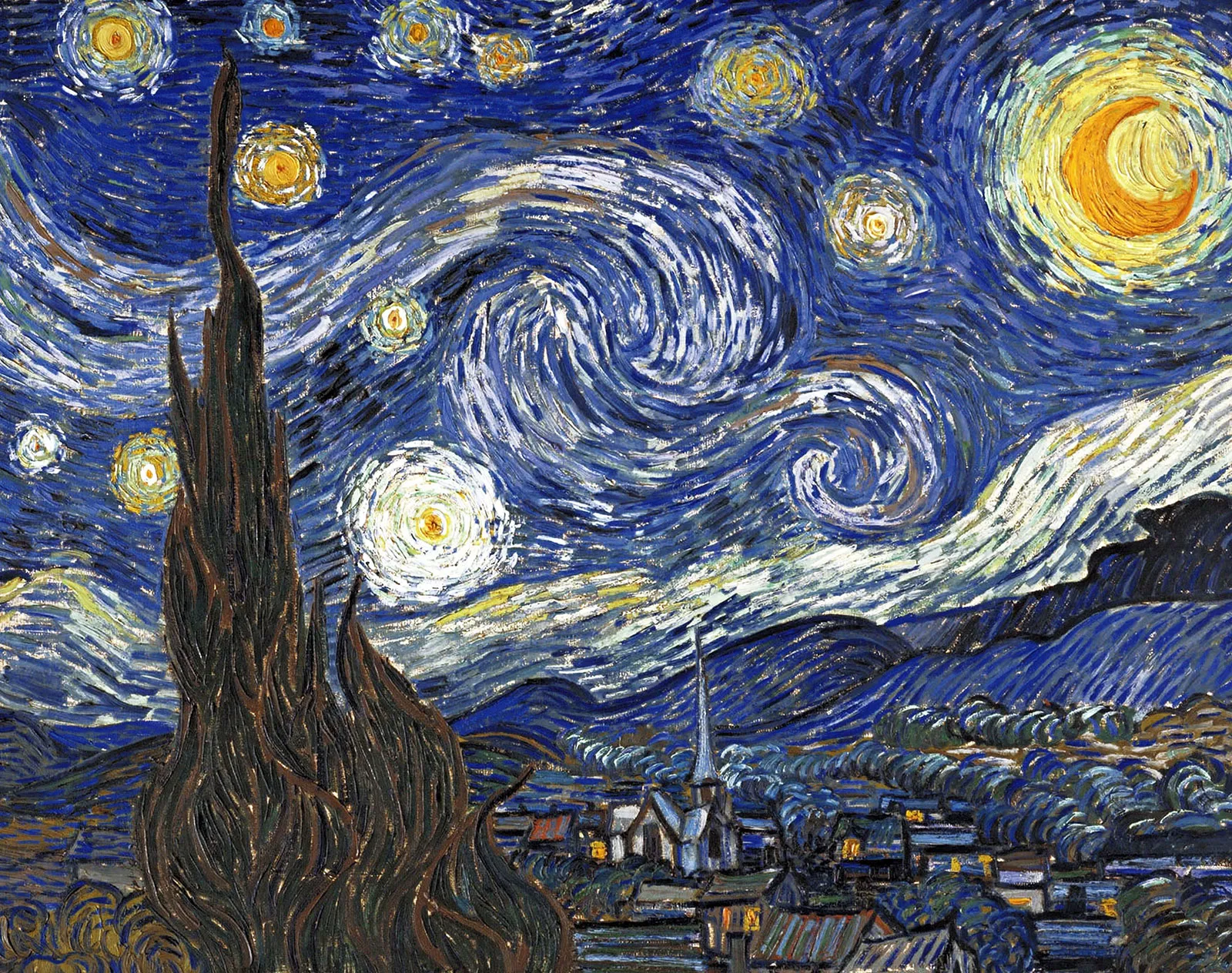
vincent van gogh
died of a self-inflicted gunshot wound in 1890 at age 37,
produced more than 2,000 works, including around 900 paintings and
1,100 drawings and sketches, during the last ten years of his lifesold only 1 painting in his lifetime
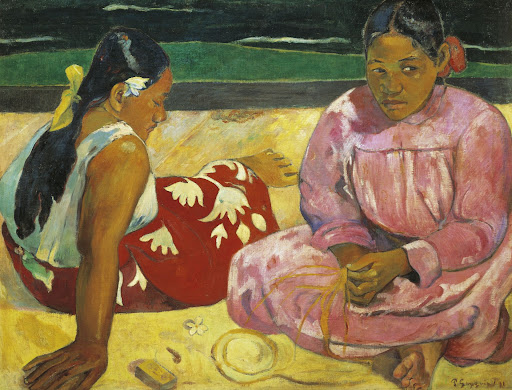
paul gaugin
rejected objective representation in favor of subjective expression
His art was not well received and had a declining health. In 1897, worn down by these obstacles, he decided to take his own life.
his attempt to suicide was unsuccessful, he died a few years later
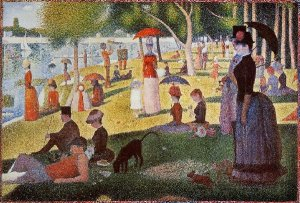
George Seurat
pointillism & divisionism
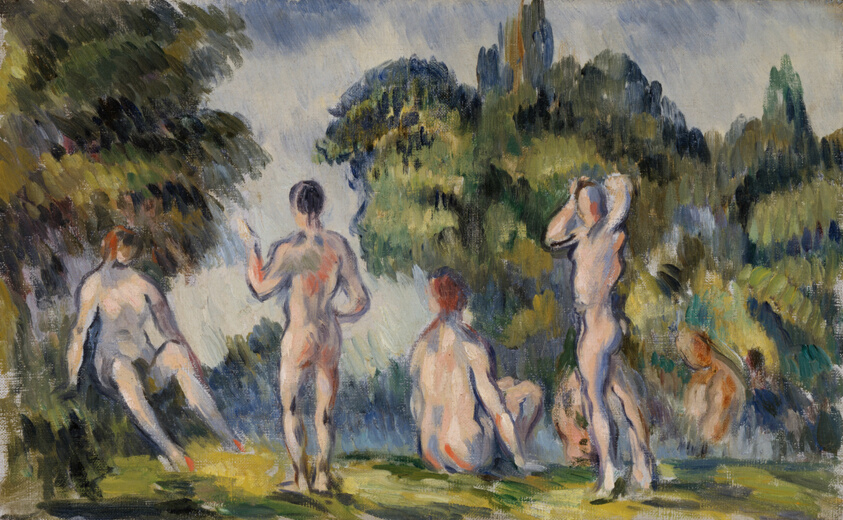
paul cezanne
his portraits, still lifes, and landscapes all reduce objects to basic planes
and masses that are brought into subtle complementary relationships on the
canvas.
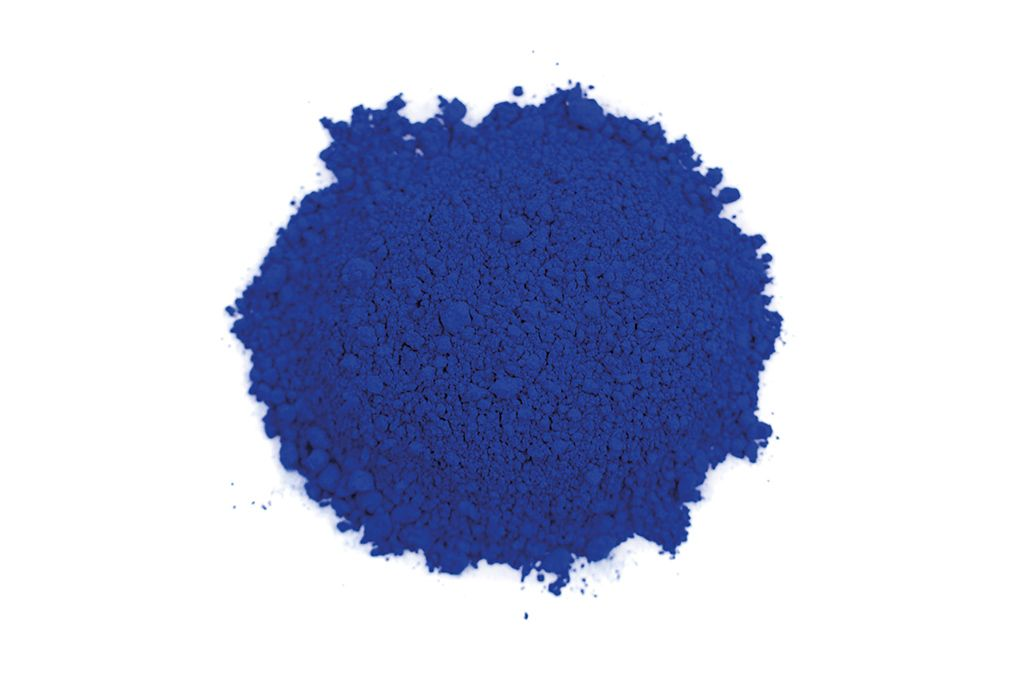
cobalt blue
cobalt oxide-aluminum oxide
Very costly and extraordinary stable pigment of pure blue colour discovered by Thénard in 1802.
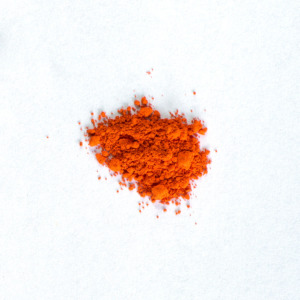
chrome orange
a basic lead chromate introduced as a pigment in 1809.
color can range from light to deep orange, the hiding power is excellent.
world production ceased few years ago
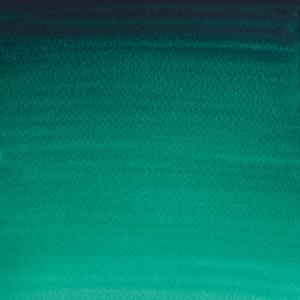
viridian
very stable and powerful cold green.
Chromium oxide dihydrate
replaced Emerald Green particularly in industrial printing processes and quickly became a popular pigment in watercolour due to emerald green's poisonous nature.